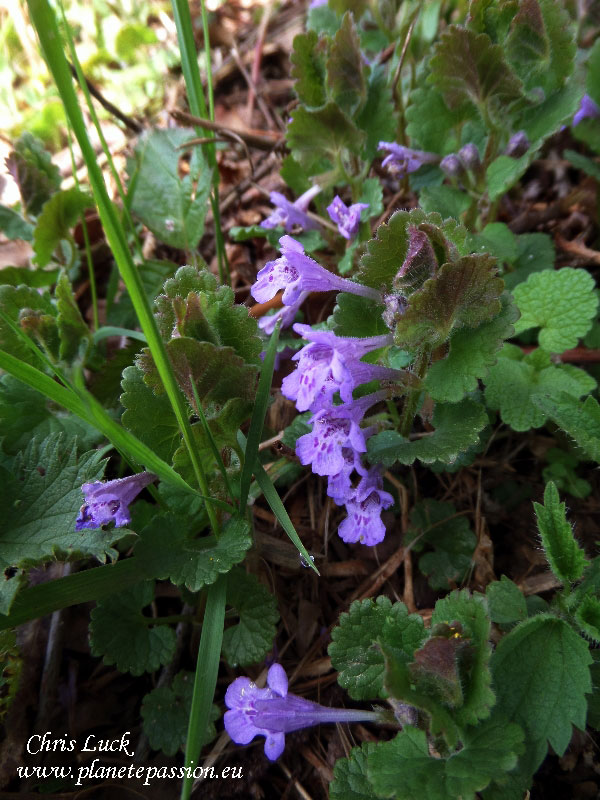When looking at the general habitat structure and the flowers and plants required for bees it soon becomes clear that it isn’t a one size fits all situation any more than it is for all birds, however if we look first at the native trees, grasses and plants that either are or would have been abundant in our local patch we won’t go far wrong albeit some bees have very specific requirements. All of these will also play an important role for many other pollinator insects.
The following native trees, plants and shrubs are selected only for their outstanding importance in providing forage for the majority of types of bee, (Honey, Bumble and Solitary), and should only be seen as providing a foundation. Many other native plants and trees also play their part.
Trees, bushes and climbers:
Gorse, Ulex europaeus. Pollen – variable flowering including the winter period.
Hazel, Corylus sp. Pollen. January/April
Willows, Salix sp. Pollen and nectar. February/April
Cornelian cherry, Cornus mas. Pollen and nectar - February/March
Blackthorn, Prunus spinosa. Pollen and nectar - March/April
Common Box, Buxus sempervirens. Pollen - March/April
Crab apple, Malus silvestris. Pollen and nectar - April
False Acacia, Robinia pseudoacacia. (Naturalised). Nectar – April (can be invasive)
Cherry, Prunus avium. Pollen and nectar - April
Bird Cherry, Prunus padus. Pollen and nectar - April
Service tree, Sorbus domestica. Pollen – May
Bramble, Rubus fruticosus. Pollen and nectar – May/October
Honeysuckle, Lonicera periclymenum. Nectar -June/October
Sweet Chestnut, Castanea sativa. Pollen and nectar, June/July
Common Lime, Tilia x europaea. Pollen and nectar, June/July
Small-leaved Lime, Tilia cordata. Pollen and Nectar, July
Ivy - Hedera helix. Pollen and nectar, September/November










